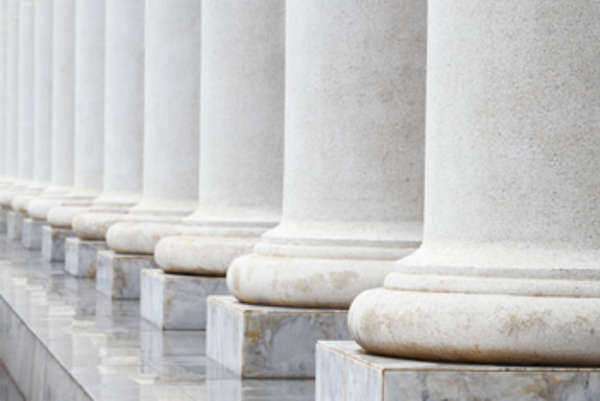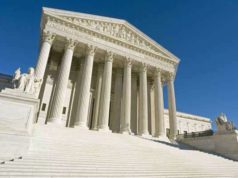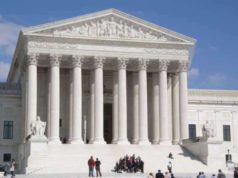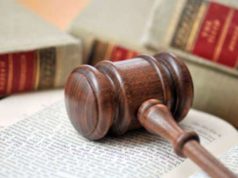
The House of Lords is one of the two houses in the Parliament of the United Kingdom, with the other house being the House of Commons. The House of Lords is considered to be the upper house of the Parliament, while the House of Commons is considered the lower house. The House of Lords is also known as the House of Peers in some communications. Members of the House of Lords are not elected directly by the public of the United Kingdom, but are instead appointed to the position through specific means.
Lords might also come into the position by inheriting the position, or by being a senior bishop within the Church of England, as the House of Lords does also encompass Lords Spiritual, who are supposed to be ecclesiastical leaders. In general, the modern form of the House of Lords primarily features individuals who have been appointed to the position as a result of the decree of the Monarch of England, on the suggestion of the Prime Minister of England, as opposed to individuals who have inherited the position. The House of Lords can have any number of members, and the exact membership has often fluctuated depending upon circumstances. As of the current time, the House of Lords contains 744 members.
The House of Lords does not have as much power in the overall United Kingdom government as does the House of Commons. The House of Lords does not have any direct power on the Prime Minister, as does the House of Commons, which is part of the reason for the limited power of the House of Lords. The House of Lords might propose, amend, or veto legislation, but it rarely exercises most of these powers, and there are often severe rules in place for when it does exercise such powers.






































